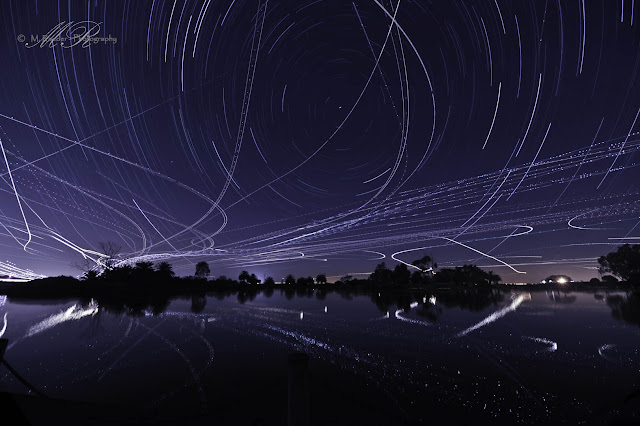I am on the verge to go on a month-long trip to South
America but wanted to share some of my new night images taken
during the last month. I will travel
overland in Patagonia visiting glaciers and rugged
mountains before ending up at the Magellan Street
where I will explore the waters and marine life on a small boat for another
week.
Moon-rise over
Bay Bridge
The first full moon in the year is called the wolf moon and
legend has it the ancient people named is such since hungry wolves could be
heard more in the winter time the food sources scarce in January and more
howling to be heard through the cold nights.
So it was the Wolf Moon that I captured last weekend over
the Bay in the above time lapse video.
The images were captured over almost 2 hours and while my camera was
working I connected with many photographers who were out on the Embarcadero
photographing the raising moon. Although
cold, it was a beautiful evening.
The winter months are excellent for night sky photography
since the sun sets early and the twilight is beautiful. The sky is much clearer in the winter without
the fog rolling in as is so often the case in the summer months. However, finding ‘dark’ sky not polluted by
the city lights can be a challenge. So I
spent many cold evenings and nights ‘out there’ capturing the night sky for
star trails and time-lapse videos exploring various locations. I found that even over the heavily lit Bay
Area one can get interesting images despite the city lights and the heavy
airline traffic streaking over the sky.
Enjoy the sampling of last month’s images:
Twenty years from now you will be more disappointed by the things
you didn't do than by the ones you did do.
Explore. Dream. Discover.
~ Mark Twain~
you didn't do than by the ones you did do.
Explore. Dream. Discover.
~ Mark Twain~
Copyrigth M. Raeder-Photography
|
See Tahoe Through the Eyes of Renowned Fine Art Photographer Jon Paul
Spring is a beautiful time in Tahoe and
Date:
Early Bird Registration til
Pl see all details here.
|
Amur Leopard
©M. Raeder-Photography |
Spring Wildlife: Cubs, Pups and Kittens
Wildlife Photography at its Best
An amazing opportunity to photograph wildlife babies: wolf pups, fox kittens, lynx kittens, Badger pups and more!
Come face-to-face with these wonderful babies!
Date:
Optional Activities June 25-27, 2013
For further details pl click here.
|


























 As if we needed another reminder of the dangers of Arctic drilling: On New Year's Eve, Shell's drillship Kulluk broke from her towlines and ran aground in Alaska's Kodiak Bay, en route from the Arctic to Seattle. The rig, carrying about 150,000 gallons of fuel and lubricant, remained stranded in rough, treacherous waters for a week until it was finally pulled free and taken to safety.
As if we needed another reminder of the dangers of Arctic drilling: On New Year's Eve, Shell's drillship Kulluk broke from her towlines and ran aground in Alaska's Kodiak Bay, en route from the Arctic to Seattle. The rig, carrying about 150,000 gallons of fuel and lubricant, remained stranded in rough, treacherous waters for a week until it was finally pulled free and taken to safety.